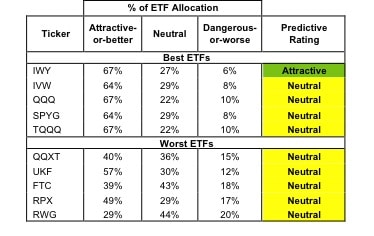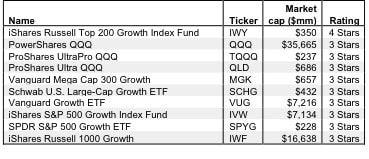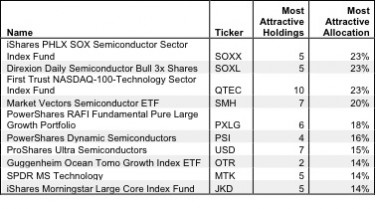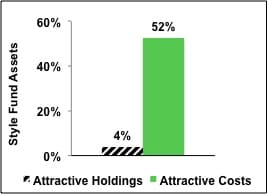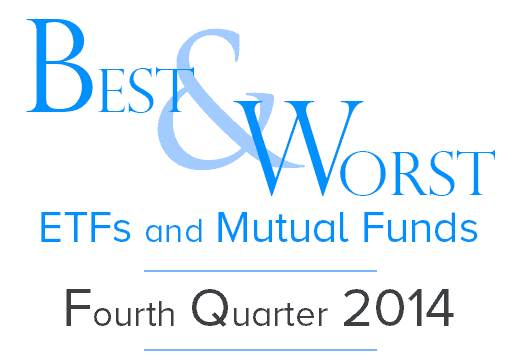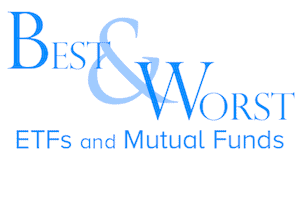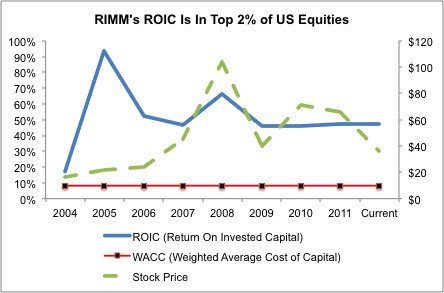Buy Apple, Naysayers Are Missing the Point
With so much written about Apple (AAPL), I am amazed that so few have focused on the most important driver of its stock price: the company 270% return on invested capital (ROIC).
David Trainer, Founder & CEO

